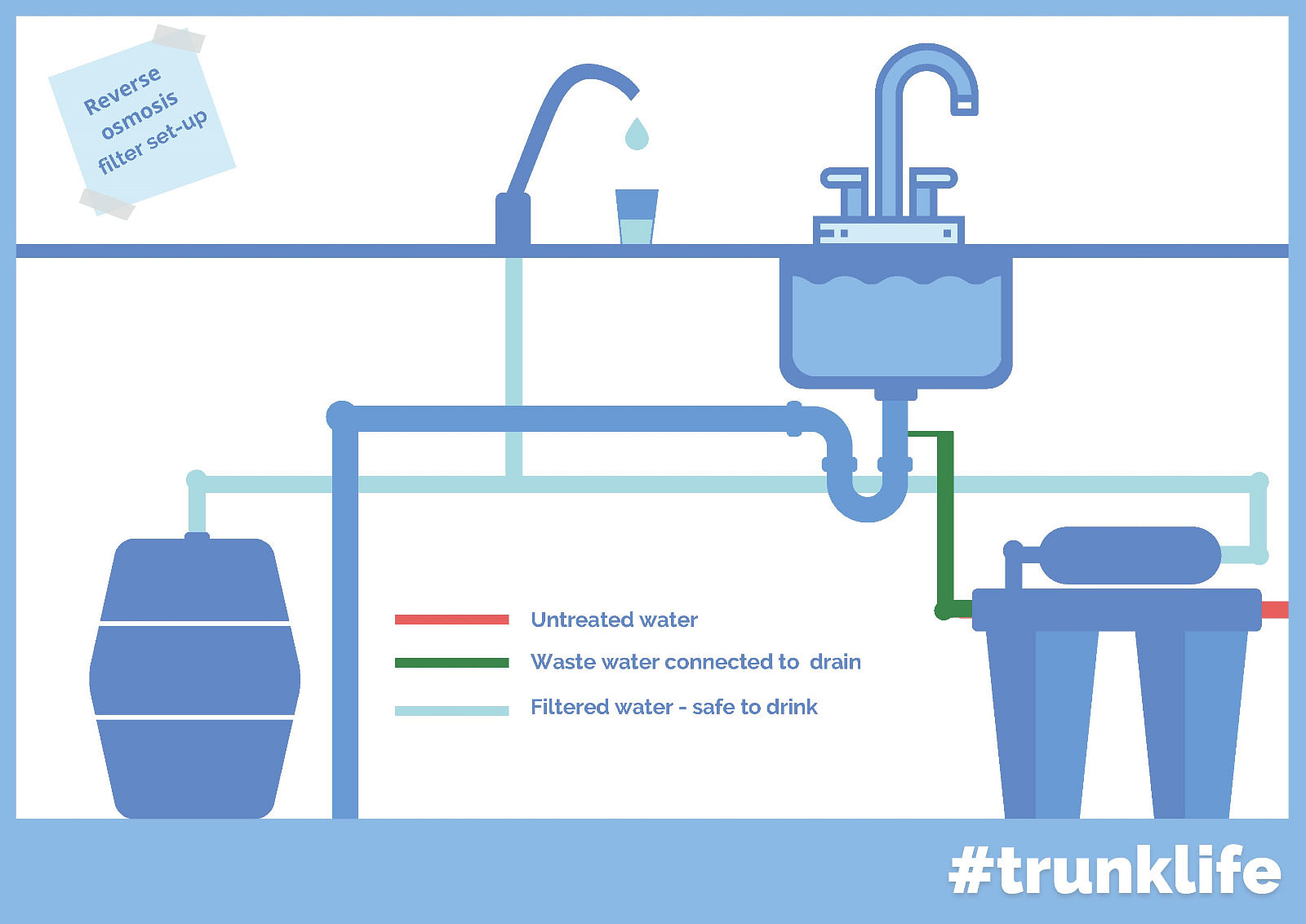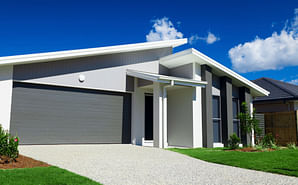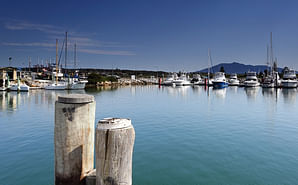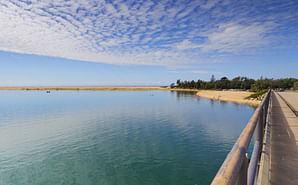Is my water safe to drink?
Get the lowdown on the quality of your water and how to make it safer to drink.
It depends where your property is located. Some trunk main customers, mostly those between Tantawangalo, Candelo, and Wolumla, connect to the trunk main that takes water straight from the creek to the nearest treatment plant. This means water for these customers is untreated. Drinking this water is the same as drinking straight from the creek.
Properties connected to a trunk main water supply in the following areas are being supplied with raw water straight from the source:
- Rural areas between Tantawangalo, Candelo, Toothdale, and Wolumla
- Two properties near Tilba
- A few properties between Kiah and Ben Boyd Dam
Improving your water quality
These are the methods we recommend:
Boiling: NSW Health recommends bringing water to a rolling boil for one minute. This method will kill all major waterborne bacterial pathogens and protozoa and is effective at removing viral pathogens such as the hepatitis A virus, which is fairly heat resistant.
Filtering: Note: Home water filters can actually increase the health risk if not maintained. NSW Health recommends that you do not install a filter if you are not able to ensure it is regularly cleaned and maintained. If you do choose to install a filter then a reverse osmosis is an effective type, capable of removing most major bacteria, protozoa and viruses from your water supply. It can also remove or reduce common chemical contaminants. Ensure the filtration system carries the WaterMark or Plumbing Safety Type Test Mark and complies with at least one of the following standards: ANSI/NSF Standard 53 or AS/NZS4348. All filter types require regular cleaning and maintenance.
UV treatment: This method is very effective against most bacteria, viruses and protozoa. Importantly, UV systems are only effective when the water is clear and free of particles, so pre-filtration is required. Unlike a reverse osmosis filter, UV treatment will not remove or reduce chemicals from your water supply. Ensure all UV systems carry the WaterMark or Plumbing Safety Type Test Mark and meet at least one of the following standards, ANSI/NSF Standard 55 Class A systems (40 mJ/cm2), AS/NZS 3497 or AS/NZS 4348.
How to set-up a reverse osmosis filter

A reverse osmosis filter works by removing particles, followed by most major bacteria, protozoa, viruses and common chemicals from raw water.
Frequently Asked Questions
A trunk main is intended to transport large quantities of water across our supply network, taking water from reservoirs to treatment plants, and finally to the head of reticulated systems. These are the arteries of our system and people with properties connected to a trunk main experience unpredictable water pressure, and for some customers, water that can be unsafe to drink.
No, most of our customers in built-up areas are connected to a reticulated water supply network, supplied by a trunk main. Most of our trunk main customers live in rural areas too far from a reticulated system to access it.
Yes. Trunk main customers pay the same water rates because trunk main connections are typically more expensive for Council to operate and maintain.
Trunk mains are our main water transporting network, delivering large volumes of water between the source, reservoirs and treatment plants.
In simple terms, trunk main connections are more labour intensive to consistently supply and they are twice as likely to leak.
Trunk main infrastructure and connections are also more time consuming to repair, owing to the difficulty in pinpointing and isolating leaks when they occur.
This adds up to a vital community asset that takes a lot of work and money to keep operational.
Water rates from trunk main and town water customers are vital for the ongoing maintenance of the shire’s water delivery network.
Unpredictable water pressure can ruin home appliances or see you going without water when you need it most. Customers connected to a trunk main drawing straight from a water source have the additional problem of dealing with water that can be unsafe to drink.
While reticulated water mains are designed for the regular supply of safe-to-drink water to your taps, trunk mains are designed to transport large amounts of water across our network, from water source to treatment plant, and from here to the reticulated system head.
Trunk mains can deliver unpredictable pressure and untreated water to connected properties.
No, some trunk main customers are connected to sections drawing untreated water from creeks or lakes, while other customers are connected to sections linking treatment plants to reticulated systems. All trunk main connections are subject to erratic water pressure, and connections drawing from water sources have the additional problem of water quality.
Due to the problems of unpredictable water pressure and raw water, we currently don’t allow new connections to any of our water trunk mains.
Households and businesses without connections to a reticulated water system need to organise offline water supplies with an appropriate tank and pump setup.
To improve reliability of supply you will need a pressure reducing valve or a tank and pump installed. To improve your water quality you can heat water to a rolling boil for one minute, or install an approved reverse osmosis water filter or a UV treatment device with pre-filter. Visit our ‘Is my water safe to drink?’ and ‘Water pressure problems’ pages for more information.
No, the cost of delivering a reticulated water supply to rural locations is too high. Also, extending the reticulated network to low density rural locations can lead to stagnation and chlorine decay without the high turnover of water required to keep the supply fresh and disinfected.
Be sure to inform your plumber that you are a trunk main customer requiring help with water pressure problems, water quality issues, or both. Some of the diagrams and information on this page will let your plumber know of the steps required to work on your property.






